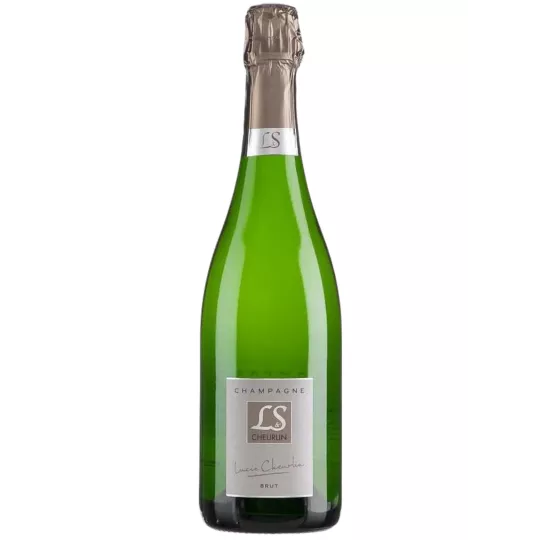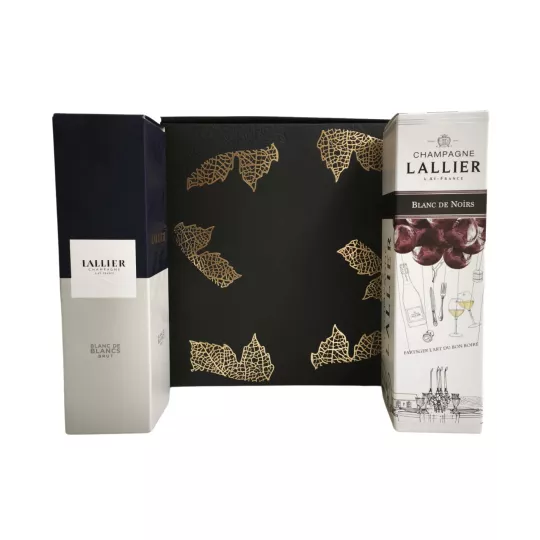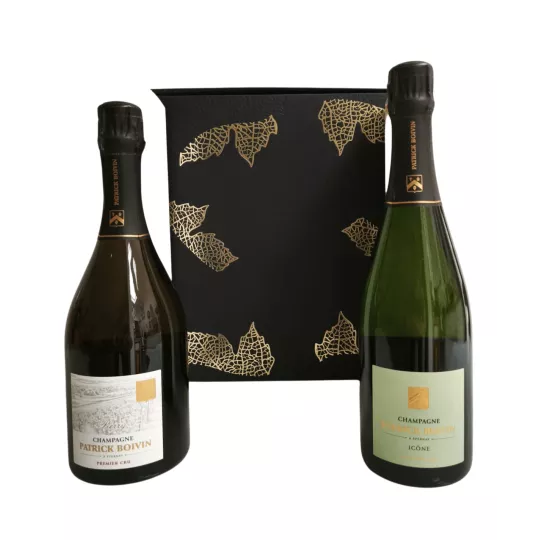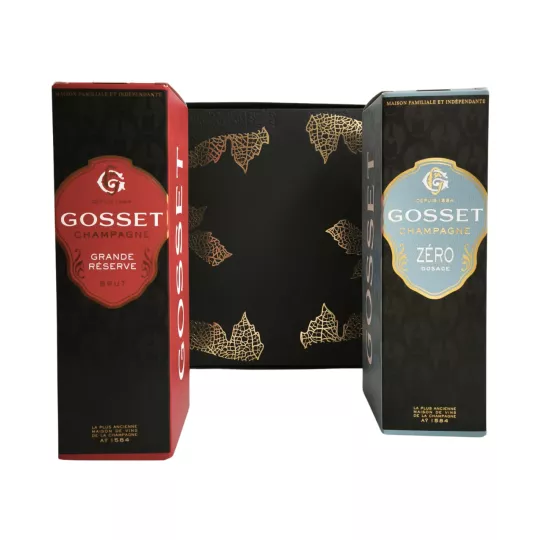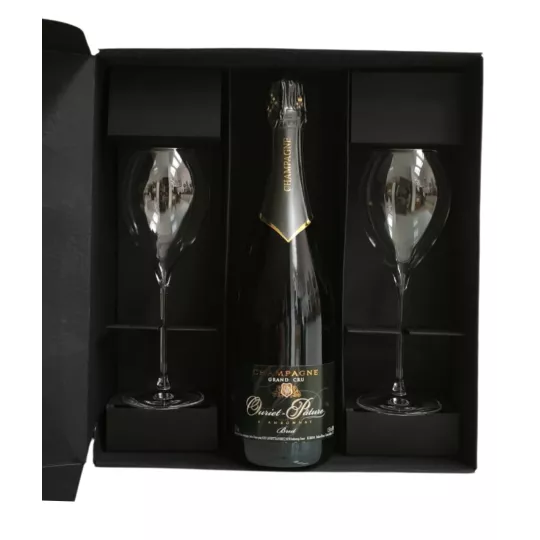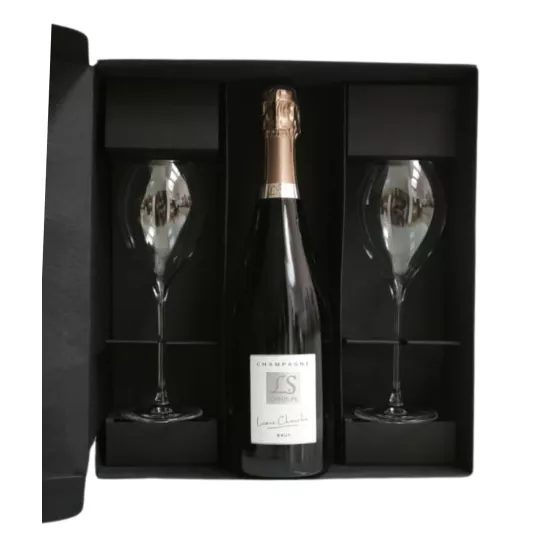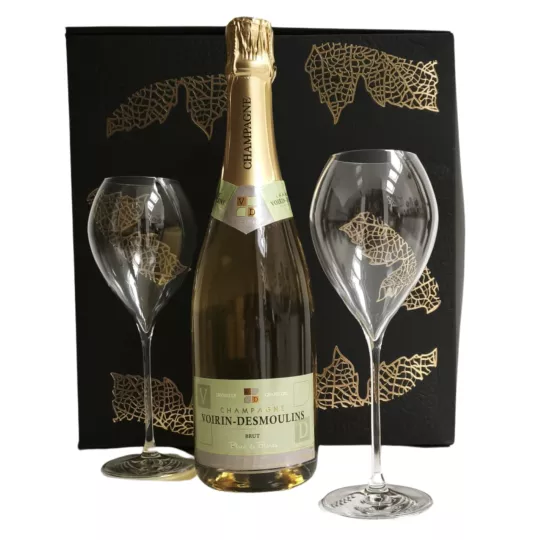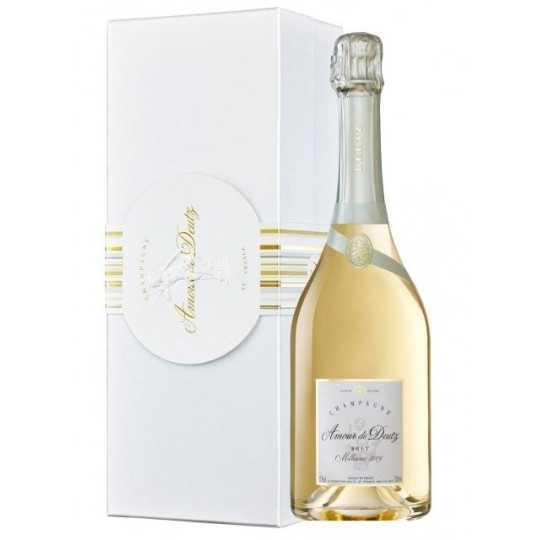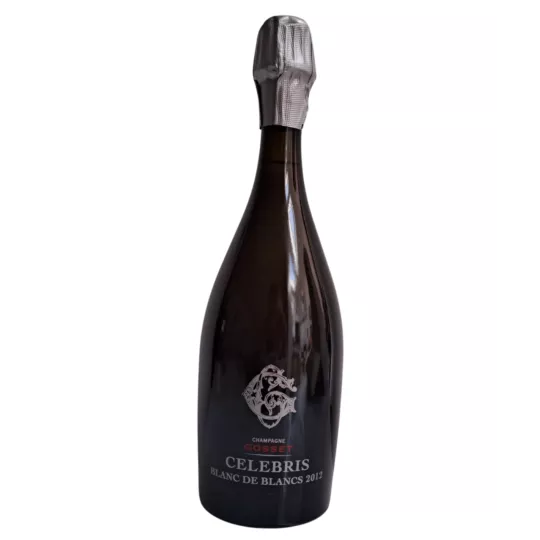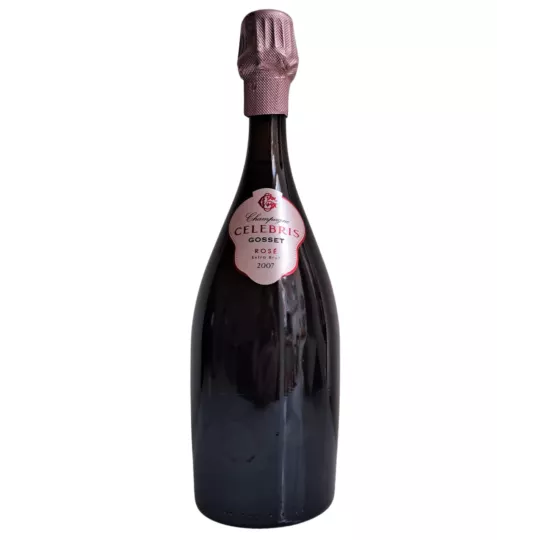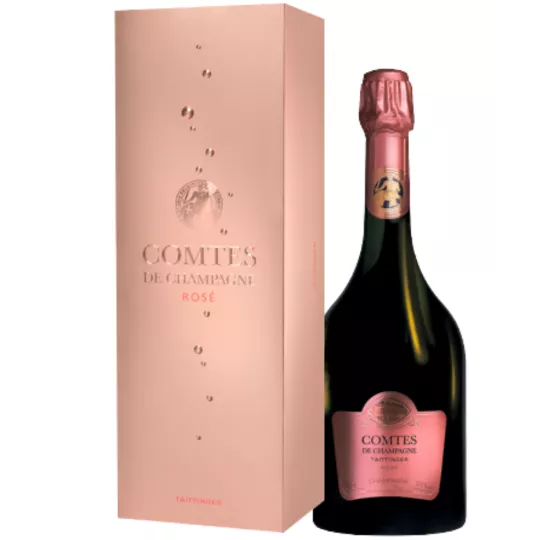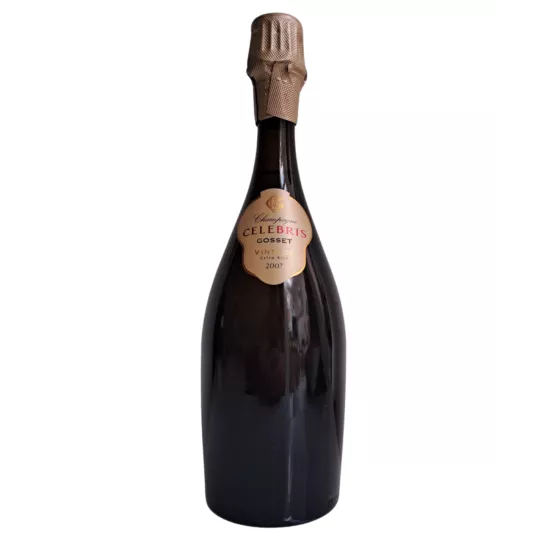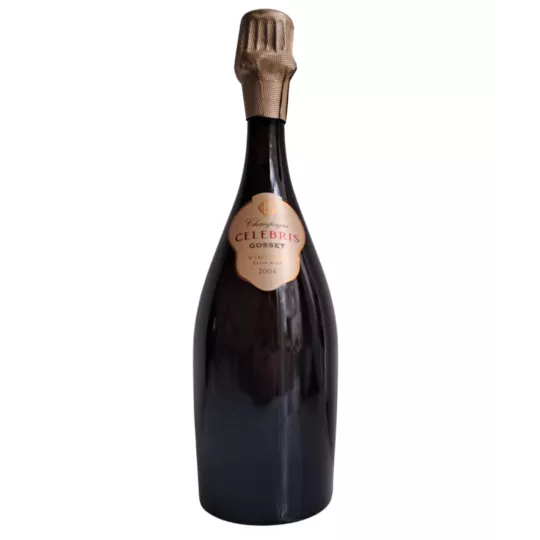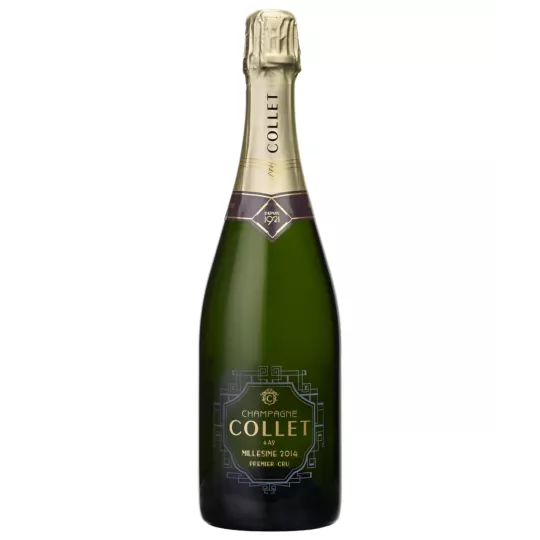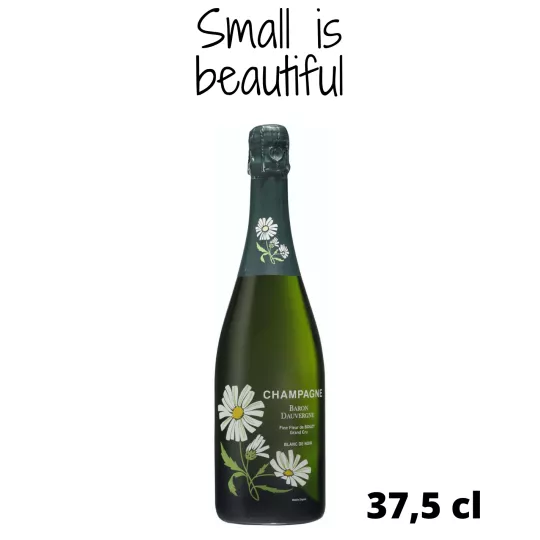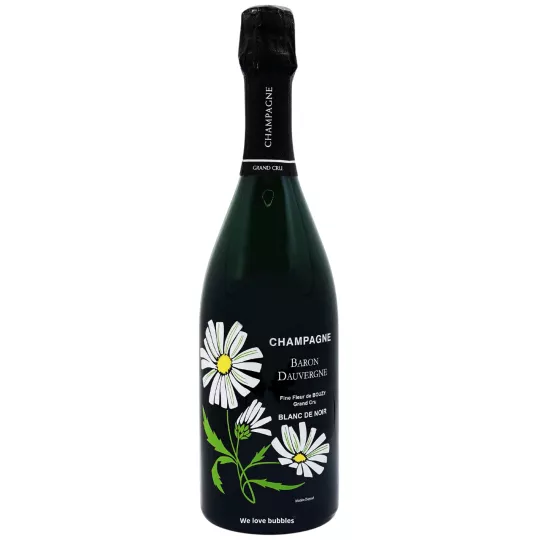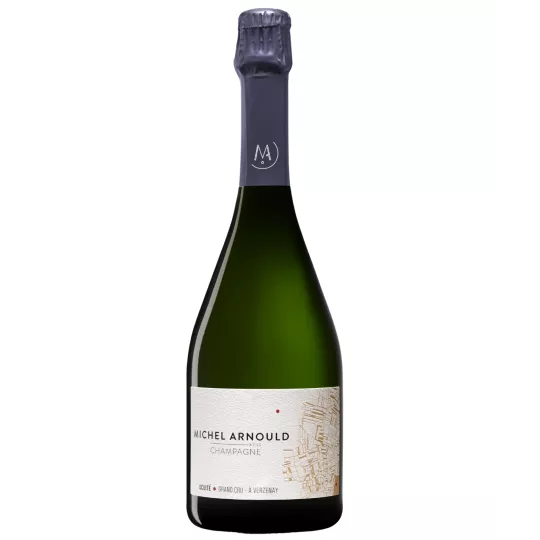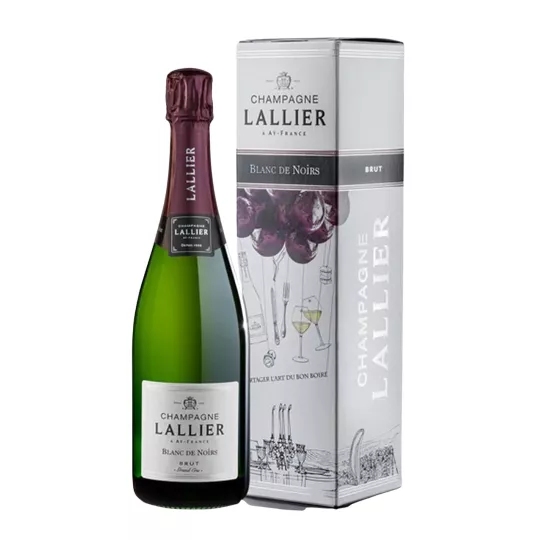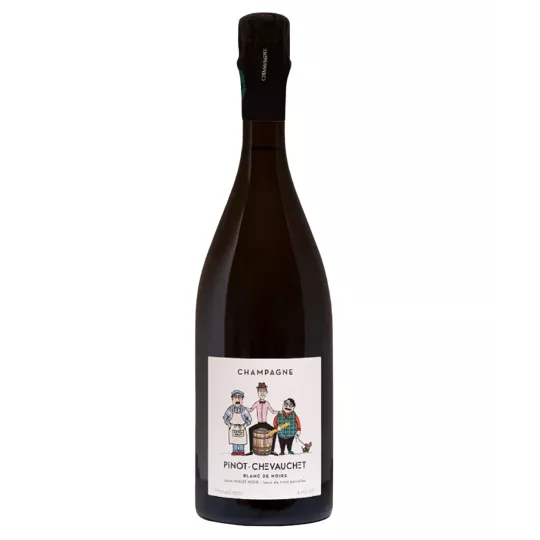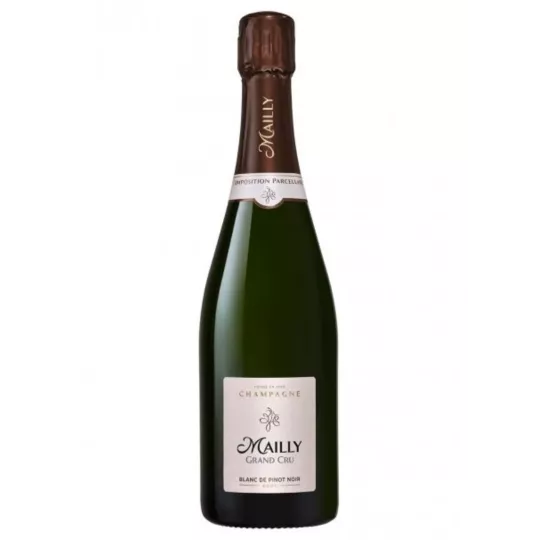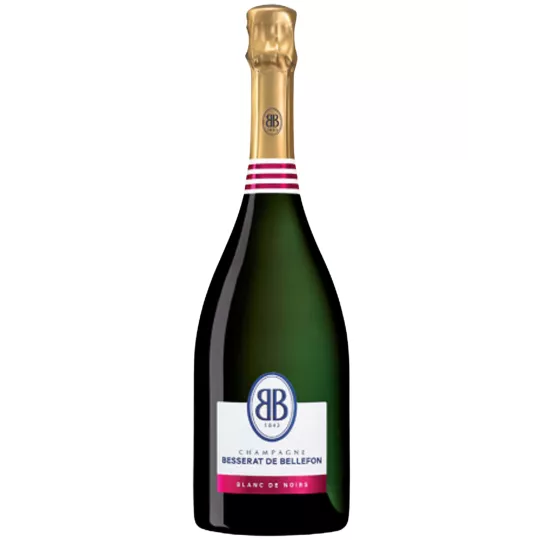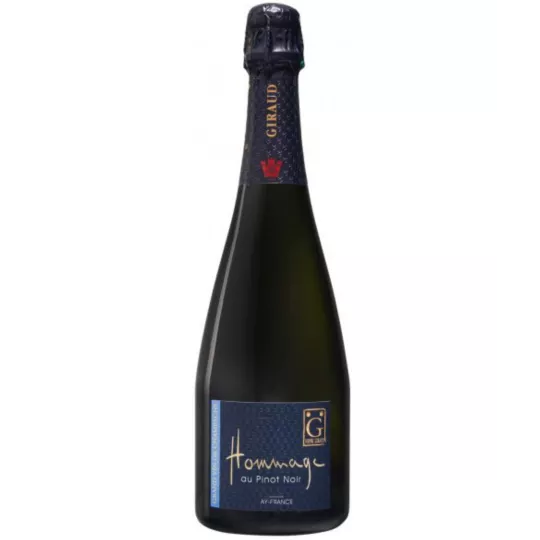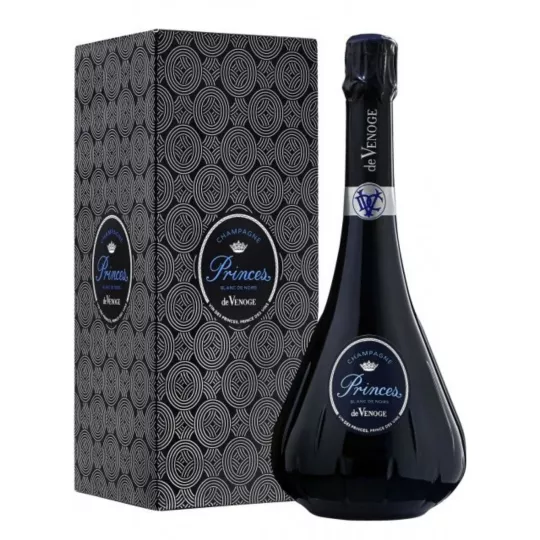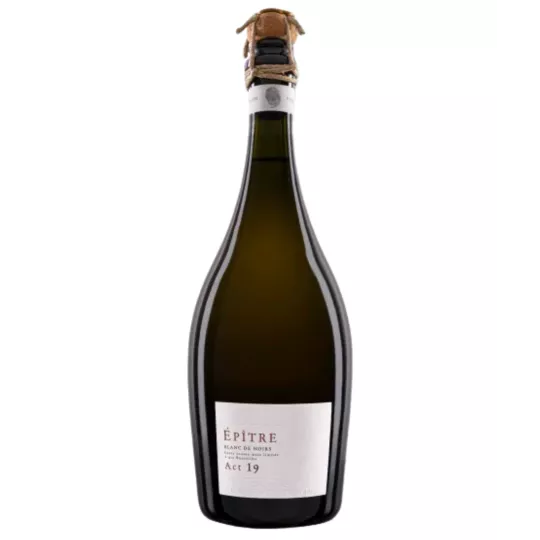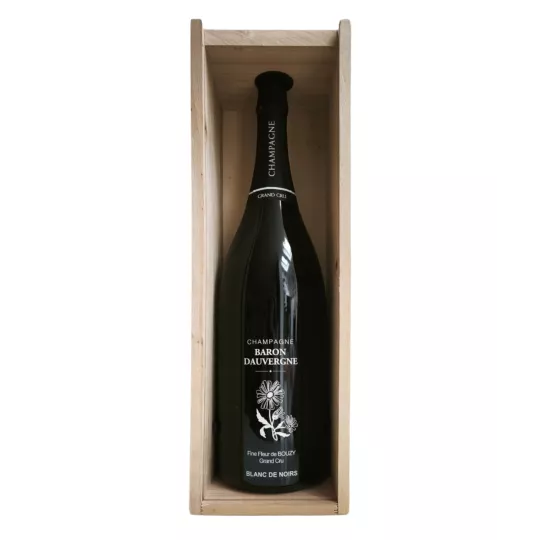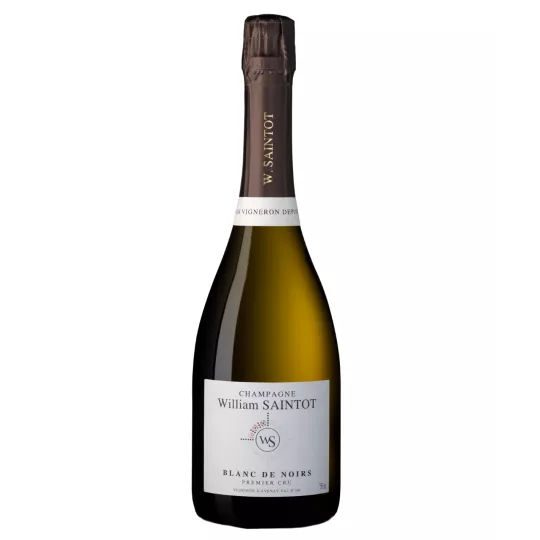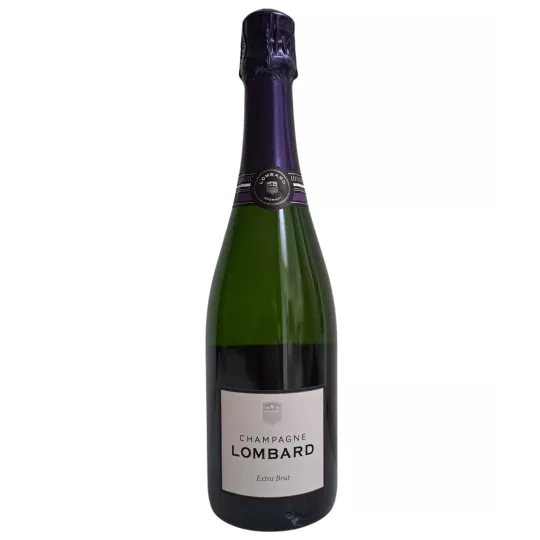
Blanc De Noirs - 100% Pinot Noir
Champagne Blanc de Noirs: The Elegance of Black Grape Varieties
Champagne, nectar of kings, embodies the pinnacle of refinement and elegance. Among the varieties that make up this prestigious universe, Champagne Blanc de Noirs stands out as a real gem. Made exclusively from black grape varieties such as Pinot Noir, this champagne offers a unique sensory experience, while bringing a touch of originality to your celebrations. In this section, we will immerse you in the world of Champagne Blanc de Noirs, exploring its origin, its particularities and its subtleties.
Introduction to Blanc de Noirs Champagne
Champagne, nectar of kings, embodies the pinnacle of refinement and elegance. Among the varieties that make up this prestigious universe, Champagne Blanc de Noirs stands out as a real gem. Made exclusively from black grape varieties such as Pinot Noir, this champagne offers a unique sensory experience, while bringing a touch of originality to your celebrations. In this section, we will immerse you in the world of Champagne Blanc de Noirs, exploring its origin, its particularities and its subtleties.
A Champagne made with black grapes
The name “Blanc de Noirs” is intriguing, isn’t it? It refers to a Champagne made only from black grape varieties, such as the famous Pinot Noir. Although the grapes used are dark, their flesh, and therefore the juice which will give rise to Champagne wine, is white in color. It is at the time of pressing that contact between the juice and the skins is limited as much as possible to avoid any coloring.
These Champagne wines are distinguished by their power, density, structure and structure. They generally have more body than wines that include white grape varieties in their blend. In addition, they have what is called "vinosity", a feeling of heat in the mouth. In this way, these champagnes are opposed to others, lighter and more airy.
The Contrast with Blanc de Blancs Champagne
Champagne Blanc de Noirs is not to be confused with Champagne Blanc de Blancs, which is made exclusively from the white Chardonnay grape variety. This distinction says a lot about the diversity of flavors and characteristics that the world of Champagne offers. So, if you are looking for a unique vintage, let yourself be guided by the richness of Champagne Blanc de Noirs.
The Origin of Champagne Blanc de Noirs
To understand the origin of a wine is to enter into its soul. Pinot noir, the emblematic grape variety of Champagne Blanc de Noirs, has its roots in the North-East of France, notably Burgundy, Alsace, and of course, Champagne. In Alsace, it is even the only authorized black grape variety, representing 10% of Alsatian vines. It is a prestigious grape variety that has been exploited since the Middle Ages, making France the world's leading producer.
The name "Pinot" comes from the appearance of its clusters, which resemble a pine cone. This grape variety, through its history and its character, brings an exceptional dimension to Champagne Blanc de Noirs.
The Privileged Terroir of Pinot Noir
Pinot noir, a delicate grape variety, finds its preferred terrain in regions with a temperate climate, with limestone, marl and clay soils. He has difficulty adapting to different living environments. However, under ideal conditions it develops offering rich aromas and refined tannins. In the Champagne region, it flourishes on more than 13,000 hectares, mainly on the Montagne de Reims and the Côte des Bars, where it represents 38% of the vineyard.
The Particularities of Pinot Noir
Pinot noir is the source of the greatest Burgundy wines. These red wines are relatively clear and have little tannin, which makes them particularly pleasant on the palate. The small clusters and seeds produce a sweet, colorless juice, while the skin is dark. The wine's color comes from the vat maceration process, where the juice of the grape comes into contact with the skin, infusing the wine with a subtle red hue.
Under optimal conditions, Pinot Noir can produce high-quality red wines, with powerful, fine, intense and complex flavors. The sugar that accumulates ensures balanced acidity while maintaining a not very intense but lasting color.
Tasting and Gourmet Pairings with Blanc de Noirs
How to taste a Blanc de Noirs Champagne? The aromas of these wines are varied, ranging from licorice to cinnamon, including red fruits such as blackberry, cherry and raspberry. With oxidation, these aromas transform into notes of leather and undergrowth.
This wine, endowed with a certain power, is best enjoyed chilled and goes perfectly with dishes based on red meats, white meats, poultry and cold meats. It is the ideal ally for your summer grills on the terrace, but it can also enhance spicy dishes such as couscous or tagine. At the end of a meal, it goes wonderfully with cheeses such as Comté or Brie.
Frequently Asked Questions (FAQ) about Champagne Blanc de Noirs
Q: What is the best serving temperature for Champagne Blanc de Noirs?
A: The ideal serving temperature for Champagne Blanc de Noirs is between 8 and 10 degrees Celsius. This helps preserve the freshness of the aromas while highlighting the structure and complexity of the wine.
Q: Can we keep Champagne Blanc de Noirs for a few years?
A: Yes, Champagne Blanc de Noirs can be stored for a few years, usually 3 to 5 years, or even longer depending on the specific vintage. Aging ability depends on several factors, including wine quality, storage conditions and vintage. A dark, cool cellar is ideal for storage.
Q: How to choose the best Blanc de Noirs Champagne?
A: The choice of Champagne Blanc de Noirs depends on your personal preferences. It is recommended to taste different vintages to discover which ones best suit your palate. You can also consult the ratings and opinions of wine experts to guide you in your choice.
Q: What dishes go best with Champagne Blanc de Noirs?
A: Champagne Blanc de Noirs goes perfectly with dishes based on red meats, poultry, cold meats and cheeses. It can also accompany spicy dishes, bringing a note of freshness to the tasting.
Q: What is the difference between Pinot Noir and Pinot Meunier in Champagne Blanc de Noirs?
A: Pinot Noir and Pinot Meunier are two black grape varieties commonly used in Champagne Blanc de Noirs. Pinot Noir brings aromas of red fruits and a more robust structure, while Pinot Meunier contributes to the freshness and roundness of the wine. The blends vary depending on the champagne houses and vintages.
Q: Is Champagne Blanc de Noirs more expensive than other types of champagne?
A: The price of Champagne Blanc de Noirs may vary depending on the champagne house, the vintage, the vintage and the reputation of the production region. There are affordable options, as well as more premium vintages. The price will depend on your budget and taste preferences.
Q: What are the best vintages for Champagne Blanc de Noirs?
A: The best vintages for Champagne Blanc de Noirs vary from year to year depending on climatic conditions. However, some notable vintages include 2008, 2012, and 2015. It is advisable to check wine reviews and expert recommendations for current vintages.
Q: Can Blanc de Noirs Champagne be served on special occasions?
A: Absolutely! Blanc de Noirs Champagne is an elegant choice for all special occasions, whether celebrations, romantic dinners, weddings or any other memorable event. It adds a touch of sophistication to every moment.
Q: Which champagne houses are famous for their Champagne Blanc de Noirs?
A: Several renowned champagne houses offer quality Champagne Blanc de Noirs vintages, including Krug, Bollinger, Veuve Clicquot, and Louis Roederer. Each of these houses has its unique style and offers a range of vintages to discover.
Explore the world of Champagne Blanc de Noirs, its richness and diversity, and taste these exceptional wines for an unforgettable sensory experience. Whether special celebrations or intimate moments, Blanc de Noirs Champagne brings a touch of elegance to every occasion.
